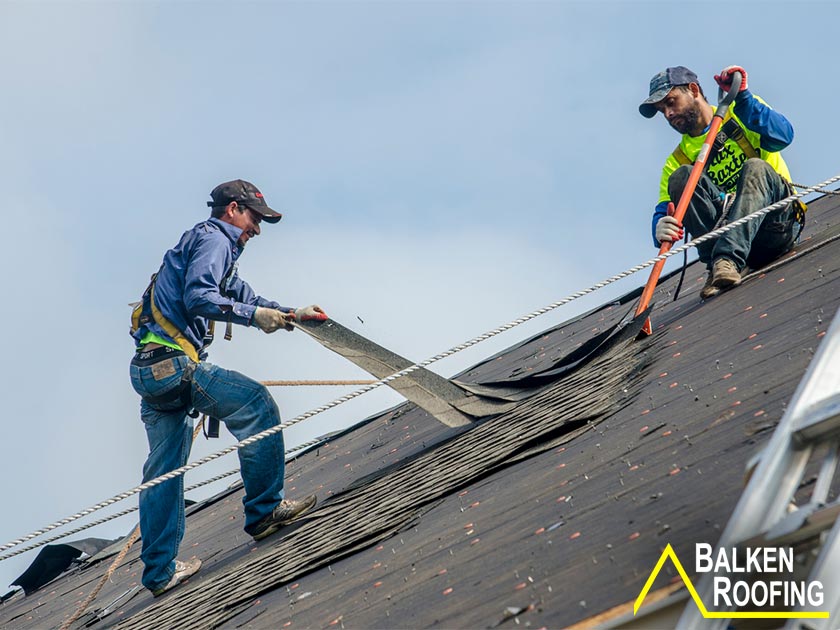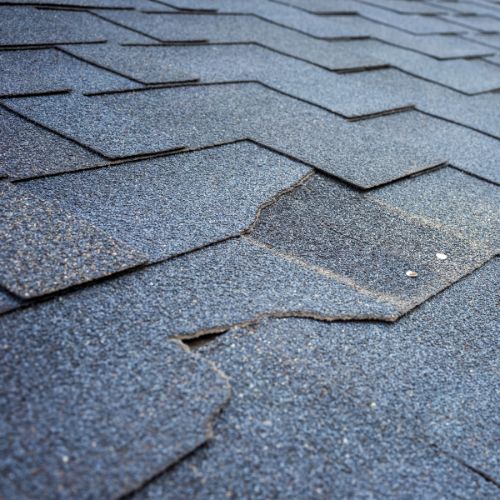Key Factors To Consider for an Effective Roof Installation: Achieving Durability and Efficiency
In embarking on the trip of roof setup, one need to focus on crucial factors to consider to make sure both longevity and performance. The selection of materials, tailored to endure neighborhood environment problems, plays a critical duty in maintaining structural honesty. Equally essential is the style, which must fit proper water drain and supply ample assistance. Moreover, taking on best methods during installation can substantially alleviate possible problems such as moisture build-up and power inadequacy. As we discover these elements, it comes to be evident that an effective roofing system installation is not simply concerning covering a framework but about crafting a resilient and sustainable remedy. What are the important elements that really make a distinction?
Choosing the Right Products

Environment plays a pivotal role in material choice. In areas vulnerable to hefty rains or snow, products like asphalt shingles or steel roof with high water resistance are advisable. Conversely, in warm climates, products with reflective homes, such as trendy roof membrane layers or ceramic tiles, can help in reducing power prices by deflecting sunshine.
Budget plan considerations likewise influence material choice. While costs products like slate or clay floor tiles offer long-lasting efficiency, they include greater upfront expenses. They can show cost-effective over time due to their minimal upkeep requirements and extended lifespan.
Finally, the building design of the building need to balance with the roof covering product. As an example, typical homes might profit from wood shingles, whereas modern structures may select sleek metal coatings. By thoroughly weighing these aspects, you can select materials that align with both practical and aesthetic goals.

Understanding Roof Covering Style
Recognizing roof style is necessary in achieving a well-functioning and aesthetically pleasing framework. The style of a roofing system affects not just the aesthetic charm yet likewise the structural honesty and functionality of the structure. An attentively made roof can enhance the general architectural design while making sure reliable water drainage, insulation, and ventilation.
Key components of roof covering design include the pitch, shape, and structural support group. The pitch, or incline, figures out just how effectively water and particles are dropped from the roofing system surface, affecting the lifespan of roof products. Usual roofing system shapes consist of gable, hip, level, and mansard, each offering unique advantages and aesthetic qualities. As an example, saddleback roofs are popular for their simpleness and efficient water losing, while hip roof coverings give exceptional stability in high wind areas.
Architectural support group, such as trusses and rafters, are crucial in distributing weight and keeping the roof's honesty. Correct layout makes certain that the roofing can stand up to ecological loads and resist deformation. In addition, integrating functions like overhangs and eaves can shield the structure's façade and enhance power performance by supplying color and minimizing heat gain.
Eventually, a well-considered roofing layout equilibriums develop, function, and durability, adding to the lasting success of the installation.
Climate Considerations

In hot and warm climates, roofing materials should reflect, instead of absorb, solar heat to keep energy effectiveness and protect against too much thermal growth, which can lead to material destruction - Keep Dry Roofing St Peters MO. Alternatively, in chillier regions, materials have to supply adequate insulation to avoid heat loss and withstand freeze-thaw cycles that can cause splitting and other structural concerns
Moreover, the option of color and finish can considerably impact a roofing's thermal performance, specifically in locations with extreme temperature variants. Neighborhood structure codes often supply support on suitable materials and styles, mirroring regional climate concerns. A comprehensive understanding of climatic problems is vital for picking materials and designs that guarantee a roofing system's ideal efficiency over its life-span.
Installation Best Practices
Reliable roof installation is an essential element of making sure long-term durability and performance. Adhering to finest methods during installment not only safeguards structural stability however likewise lessens pricey future fixings. First and primary, selecting the appropriate materials is vital. Making use of top notch shingles, underlayment, and blinking tailored to the particular environment and structure style will certainly boost the roofing's resilience.
Just as essential is the prep work of the roof covering deck. Making certain that the deck is clean, dry, and structurally sound prior to installation avoids complications such as leaks and early wear. Correct air flow is another vital factor to consider, as it reduces moisture build-up and thermal anxiety, thereby lengthening the roof covering's life-span.
Accuracy in dimension and placement throughout the installment process is critical. This involves accurate positioning of shingles and meticulous focus to overlapping, which stops water access. Utilizing expert, proficient labor makes sure these requirements are fulfilled, lowering the danger of errors that might endanger the roof's effectiveness.
Energy Performance Strategies
Enhancing a roof covering's energy efficiency is a tactical consideration for lowering energy prices and ecological impact. By picking proper products and innovations, homeowners and home builders can significantly enhance the thermal performance of a roofing system, hence next reducing power consumption.
Furthermore, web the unification of ample insulation is crucial in avoiding warmth transfer in between the interior and exterior of a building. Insulation materials with high R-values, such as spray foam or stiff foam boards, are reliable in preserving a regular indoor temperature level, thus enhancing heating and cooling system effectiveness.
Additionally, the combination of photovoltaic panels on rooftops not only generates eco-friendly power but can additionally provide shade, additional decreasing warm gain (Keep Dry Roofing St Peters MO). Innovations like awesome roof coverings, which make use of coatings to show more sunlight, are likewise obtaining appeal for their capability to reduce roof temperatures
Conclusion
In verdict, attaining a successful roof covering setup necessitates a thorough approach that incorporates the option of high-quality materials customized to particular weather problems, thoughtful design factors to consider for ideal water drainage and architectural stability, and adherence to thorough installation techniques. These aspects jointly guarantee the avoidance of wetness build-up and thermal stress, thus boosting the roofing's sturdiness and efficiency. Incorporating techniques over here to enhance energy performance even more adds to minimizing upkeep requirements and reducing energy intake over the roof's life-span.